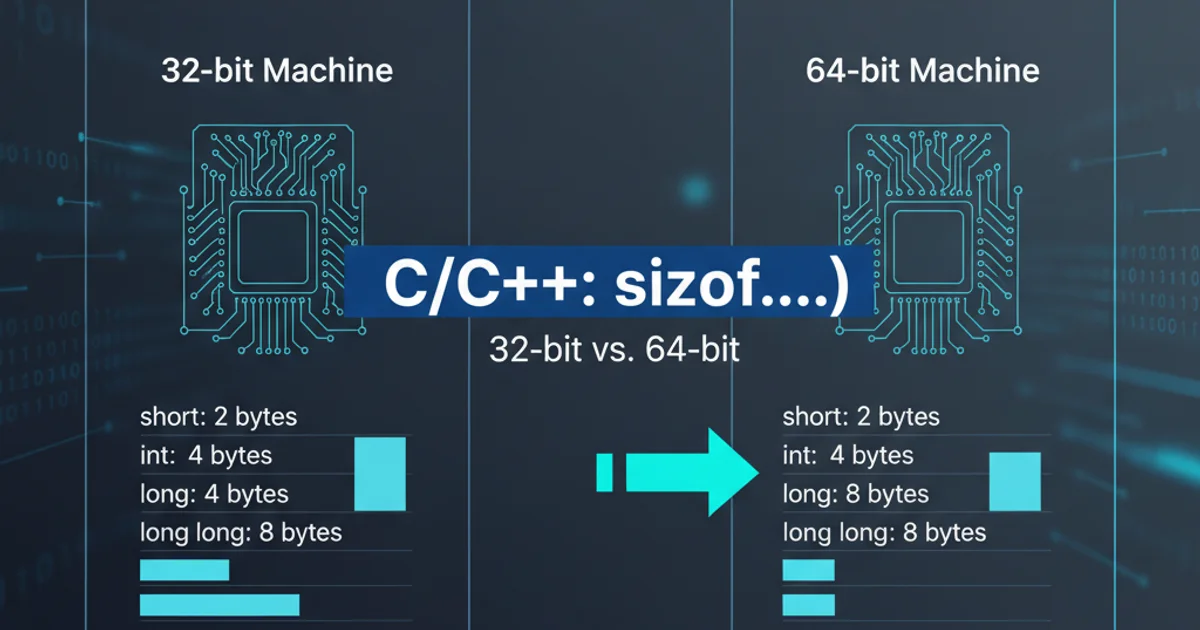How does one simplify a complicated ratio?
Categories:
Simplifying Ratios in Python: A Comprehensive Guide

Learn how to effectively simplify complex ratios using Python's fractions module, ensuring accuracy and readability in your numerical computations.
Ratios are fundamental in mathematics and various fields, representing the relative sizes of two or more values. However, ratios can often appear in complicated forms, making them difficult to interpret or compare. Simplifying a ratio means reducing it to its lowest terms, much like simplifying a fraction. This article will guide you through the process of simplifying ratios in Python, leveraging the powerful fractions module for robust and accurate results.
Understanding Ratio Simplification
A ratio a:b can be simplified by dividing both a and b by their greatest common divisor (GCD). For example, the ratio 10:15 can be simplified by dividing both numbers by their GCD, which is 5, resulting in 2:3. This principle extends to ratios with more than two terms, where all terms must be divided by their common GCD. The goal is to find the smallest whole numbers that represent the same proportional relationship.
flowchart TD
A[Start with Ratio (e.g., 10:15)] --> B{Find GCD of all terms}
B --> C[Divide each term by GCD]
C --> D[Result: Simplified Ratio (e.g., 2:3)]
D --> E[End]Flowchart illustrating the ratio simplification process.
Simplifying Two-Term Ratios with fractions.Fraction
Python's fractions module is ideal for handling rational numbers and, by extension, simplifying two-term ratios. The Fraction class automatically reduces fractions to their lowest terms upon instantiation. We can exploit this behavior to simplify ratios. For a ratio a:b, we can treat it as the fraction a/b. When this fraction is created, it will be simplified, and we can then extract the simplified numerator and denominator.
from fractions import Fraction
def simplify_two_term_ratio(a, b):
if b == 0:
raise ValueError("The second term of a ratio cannot be zero.")
# Create a Fraction object, which automatically simplifies
f = Fraction(a, b)
# The simplified ratio is f.numerator : f.denominator
return f.numerator, f.denominator
# Example usage:
ratio1 = (10, 15)
simplified1 = simplify_two_term_ratio(*ratio1)
print(f"The ratio {ratio1[0]}:{ratio1[1]} simplifies to {simplified1[0]}:{simplified1[1]}")
ratio2 = (12, 36)
simplified2 = simplify_two_term_ratio(*ratio2)
print(f"The ratio {ratio2[0]}:{ratio2[1]} simplifies to {simplified2[0]}:{simplified2[1]}")
ratio3 = (7, 5)
simplified3 = simplify_two_term_ratio(*ratio3)
print(f"The ratio {ratio3[0]}:{ratio3[1]} simplifies to {simplified3[0]}:{simplified3[1]}")
Python function to simplify a two-term ratio using fractions.Fraction.
fractions.Fraction class handles negative numbers correctly, ensuring the sign is typically associated with the numerator after simplification.Simplifying Multi-Term Ratios
Simplifying ratios with more than two terms requires finding the greatest common divisor (GCD) of all terms. Python's math module provides the gcd function, which can be used iteratively or with functools.reduce to find the GCD of multiple numbers. Once the GCD is found, each term in the ratio is divided by this GCD to obtain the simplified form.
import math
from functools import reduce
def simplify_multi_term_ratio(terms):
if not terms:
return []
# Handle cases where all terms are zero
if all(term == 0 for term in terms):
return [0] * len(terms)
# Filter out zeros for GCD calculation if not all terms are zero
non_zero_terms = [abs(term) for term in terms if term != 0]
if not non_zero_terms:
# This case should ideally not be reached if not all terms are zero
# but ensures robustness if only some terms are zero
return terms
# Calculate the GCD of all non-zero terms
common_divisor = reduce(math.gcd, non_zero_terms)
# Divide each term by the common divisor
simplified_terms = [term // common_divisor for term in terms]
return simplified_terms
# Example usage:
ratio1 = [6, 9, 12]
simplified1 = simplify_multi_term_ratio(ratio1)
print(f"The ratio {ratio1} simplifies to {simplified1}")
ratio2 = [10, 20, 25, 30]
simplified2 = simplify_multi_term_ratio(ratio2)
print(f"The ratio {ratio2} simplifies to {simplified2}")
ratio3 = [7, 14, 21, 35]
simplified3 = simplify_multi_term_ratio(ratio3)
print(f"The ratio {ratio3} simplifies to {simplified3}")
ratio4 = [0, 5, 10]
simplified4 = simplify_multi_term_ratio(ratio4)
print(f"The ratio {ratio4} simplifies to {simplified4}")
ratio5 = [0, 0, 0]
simplified5 = simplify_multi_term_ratio(ratio5)
print(f"The ratio {ratio5} simplifies to {simplified5}")
Python function to simplify a multi-term ratio using math.gcd and functools.reduce.
math.gcd function requires non-negative integers, so abs() is used, and special handling for all-zero ratios is included.Handling Floating-Point Ratios
Simplifying ratios with floating-point numbers is more complex because floating-point arithmetic can introduce precision issues. A common approach is to convert the floating-point numbers to integers by multiplying them by a power of 10 until they become whole numbers, then simplify the resulting integer ratio. The fractions.Fraction constructor can also accept floats, attempting to represent them as exact fractions.
from fractions import Fraction
import math
from functools import reduce
def simplify_float_ratio(terms, precision=1e-9):
if not terms:
return []
# Convert floats to Fractions to find a common denominator
fraction_terms = [Fraction(term) for term in terms]
# Find the least common multiple (LCM) of all denominators
# The LCM of denominators will be the common multiplier to convert to integers
denominators = [f.denominator for f in fraction_terms]
if not denominators:
return terms # Should not happen if terms is not empty
# Function to calculate LCM of two numbers
def lcm(a, b):
if a == 0 or b == 0:
return 0
return abs(a*b) // math.gcd(a, b)
common_multiplier = reduce(lcm, denominators)
# Convert each fraction to an integer by multiplying by the common_multiplier
integer_terms = [f.numerator * (common_multiplier // f.denominator) for f in fraction_terms]
# Now simplify the integer terms
return simplify_multi_term_ratio(integer_terms)
# Example usage:
ratio1 = [0.5, 1.5, 2.0]
simplified1 = simplify_float_ratio(ratio1)
print(f"The ratio {ratio1} simplifies to {simplified1}")
ratio2 = [0.1, 0.2, 0.3]
simplified2 = simplify_float_ratio(ratio2)
print(f"The ratio {ratio2} simplifies to {simplified2}")
ratio3 = [1.25, 2.5, 3.75]
simplified3 = simplify_float_ratio(ratio3)
print(f"The ratio {ratio3} simplifies to {simplified3}")
ratio4 = [0.3333333333333333, 0.6666666666666666] # Approximations of 1/3 and 2/3
simplified4 = simplify_float_ratio(ratio4)
print(f"The ratio {ratio4} simplifies to {simplified4}")
Python function to simplify ratios containing floating-point numbers.
Fraction constructor can help mitigate this by finding the exact fractional representation, but for numbers that are not precisely representable (e.g., 1/3), you might get a very long fraction. Consider rounding or defining an acceptable tolerance if exact fractional representation isn't feasible.